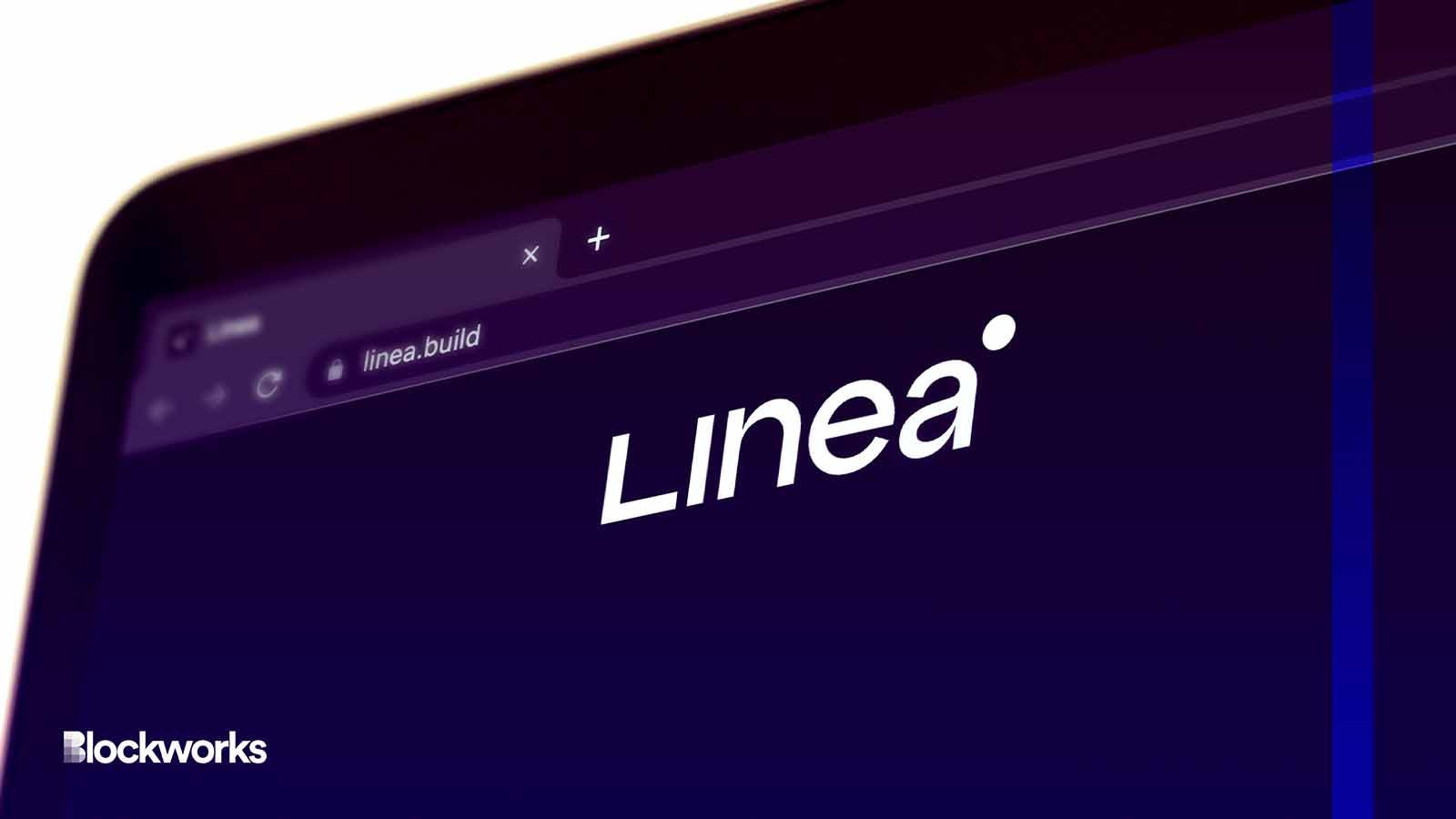Linea completes final stage of mainnet launch
The token bridge is designed to bring in a new wave of DeFi activity onto Linea.

AndriiKoval/Shutterstock modified by Blockworks
Linea, a zero-knowledge Ethereum Virtual Machine (zkEVM) rollup solution, has finalized its mainnet launch with the deployment of an ERC-20 token bridge.
The deployment of this ERC-20 token bridge enables third-party bridges to integrate with the network, meaning that it will be open to a new wave of decentralized finance (DeFi) apps.
Over the next two weeks, users of MetaMask’s Buy crypto aggregator won’t be required to pay network fees to on-ramp USDC.e. USDC.e is a wrapped version of Circle’s dollar-backed stablecoin that has been bridged from Ethereum mainnet to rollups like Linea and Arbitrum.
Ethereum’s galaxy of rollups
Linea is one of the many rollups now deployed on Ethereum.
Since its launch in July, the network claims to have seen more than 150 dApps deploy on the network, with over 100,000 weekly active users returning to the network.
According to information published by L2 Beat, the network has processed roughly $2.7 million in the past 30 days. At the time of writing, it has a total value locked (TVL) of $31 million, or roughly 0.3% of the total market share among all Ethereum layer-2s today.
The layer-2 network is similar to Ethereum’s design but supports faster transaction speeds and lower costs. Declan Fox, Linea’s product lead, told Blockworks that because Linea is a “type 2” zkEVM, it’s compatible all existing applications on Ethereum.
“If you’re a Solidity developer, building on Linea is exactly like building on Ethereum,” Fox said.
What’s next for Linea
The Linea team is working on a unique prover technology, called Vortex, that follows a unique two-step system using an inner proof and an outer proof, Fox explains.
“The inner proof uses lattice-based cryptography to be generated extremely fast. Then we use self-recursion to compress that proof over and over again, iteratively, until it’s small enough, and then we wrap it in an outer proof and settle that on Ethereum,” Fox said. “What that means is that we can produce proofs very fast, and they’re very cheap.”
Linea is also looking at ways to leverage besu as its execution client as it looks to decentralize its network nodes.
“Besu is the execution client on Ethereum which has been around for many years, it’s very battled tested, and we [want to] use the same software without any modifications for Linea,” Fox said. “It’s not there yet, but it’s going to be integrated very soon because it allows us to have a lot of reliability.”
Get the news in your inbox. Explore Blockworks newsletters:
- The Breakdown: Decoding crypto and the markets. Daily.
- 0xResearch: Alpha in your inbox. Think like an analyst.






